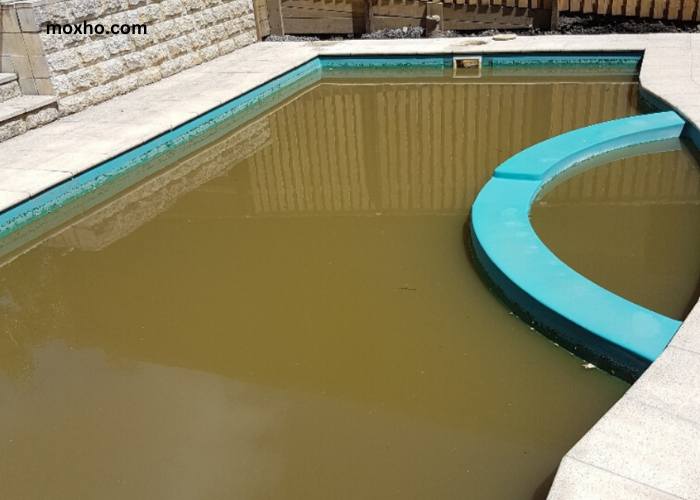Having a sparkling and inviting pool is the dream of every pool owner. However, sometimes, you may encounter the dreaded brown pool water, which can cause concern. Brown pool water not only looks unappealing but may also indicate an underlying issue that needs to be addressed. In this article, we will explore the common causes of brown pool water, the importance of clear pool water, and provide step-by-step instructions on how to get your brown pool water clear once again.
Common Causes of Brown Pool Water
Before we delve into the solutions, let’s first understand the common causes of brown pool water.
Iron and Copper: One of the main culprits is iron and copper in the water. These metals can enter your pool through various sources, such as healthy water, corroded pipes, or certain chemicals. When the iron or copper levels in your pool water are high, they can oxidize and cause the water to turn brown.
Algae Growth: Another possible cause of brown pool water is algae growth. Algae thrive in warm and stagnant water and, if not adequately treated, can turn your pool water into an unsightly brown mess. Additionally, excessive dirt and debris accumulation can also contribute to the discoloration of your pool water.
Steps to Identify the Cause of Brown Pool Water
To effectively address the issue of brown pool water, it is crucial to identify the underlying cause. This will help you select the most appropriate solution and prevent recurring problems. Follow these steps to determine the cause of your brown pool water:
- Inspect the water: Look closely at your pool water and observe its color, clarity, and any visible particles or debris. Note any peculiar smells or slimy textures as well.
- Check the filter: Examine the pool filter for any signs of clogging or damage. A dirty or malfunctioning filter can contribute to the discoloration of the water.
- Test the water chemistry: Use a pool water testing kit to check the pH, chlorine levels, and other chemical parameters. Imbalanced chemicals can lead to various water problems, including brown discoloration.
Testing and Balancing Pool Chemicals
Once you have identified the cause of your brown pool water, it’s time to take action. Start by testing and balancing your pool chemicals to restore water clarity. Follow these steps:
- Test the water: Use a reliable pool water testing kit to determine the current chemical levels in your pool water. Check the pH, alkalinity, calcium hardness, and chlorine levels.
- Adjust pH and alkalinity: If your pH and alkalinity levels are outside the recommended range, use appropriate chemicals to return them to the desired levels. This will help maintain water balance and prevent further discoloration.
- Shock the pool: Shocking your pool involves adding a high dose of chlorine or other oxidizing agents to eliminate organic contaminants and algae. Follow the manufacturer’s instructions and calculate the required shock treatment based on your pool size.
Shocking the Pool
Shocking your pool is a crucial step in getting rid of brown pool water. This process helps eliminate organic contaminants, bacteria, and algae, restoring the water to its clear and inviting state. There are different types of shock treatments available, such as chlorine-based shocks or non-chlorine shocks. Read the product label carefully and follow the recommended dosage instructions.
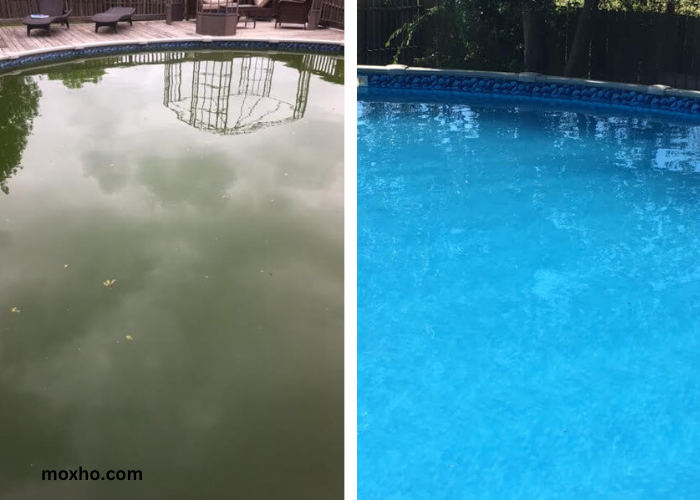
Cleaning and Scrubbing the Pool
In addition to balancing chemicals and shocking your pool, thorough cleaning and scrubbing are essential to get rid of brown pool water. Follow these steps to clean your pool effectively:
- Skim the surface: Use a pool skimmer or net to remove any leaves, debris, or other floating particles from the water’s surface. This will prevent them from sinking to the bottom and causing further discoloration.
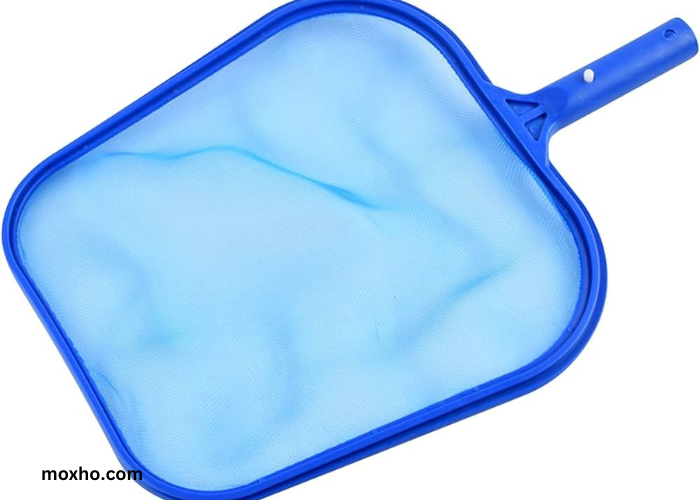
- Brush the walls and floor: Use a pool brush with stiff bristles to scrub the walls, floor, and other surfaces of your pool. Pay special attention to areas with visible stains or algae growth. This will help remove any accumulated dirt, algae, or other contaminants.
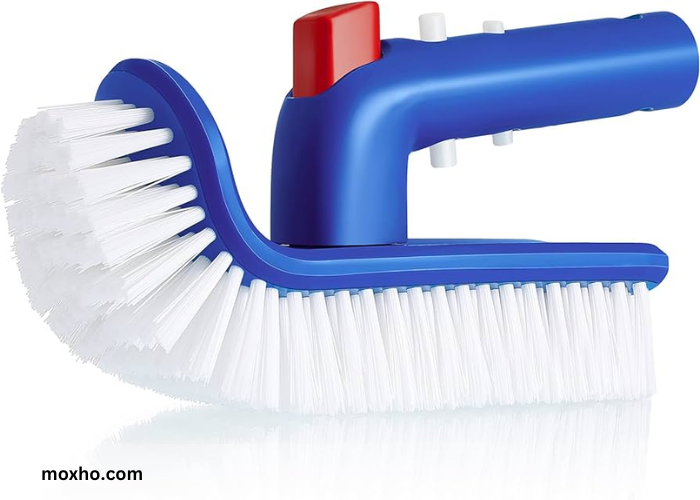
- Vacuum the pool: Use a pool vacuum to remove any settled debris or dirt from the bottom of your pool. Make sure to cover the entire pool area and focus on areas with the most discoloration or visible contaminants.
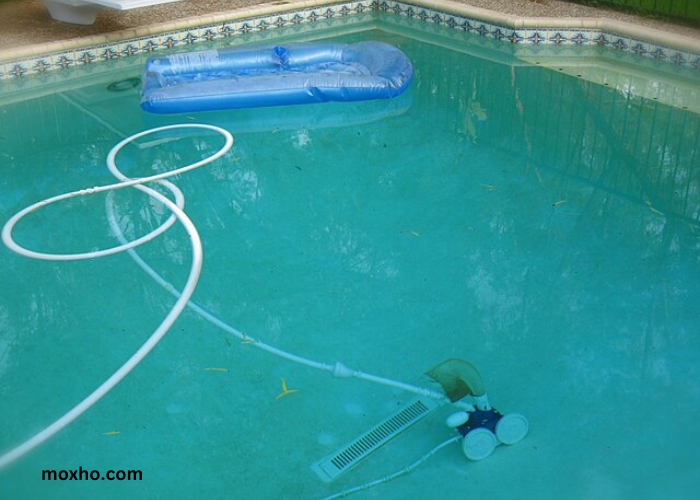
Using Pool Clarifiers and Algaecides
To enhance the effectiveness of your cleaning efforts and prevent future discoloration, you can utilize pool clarifiers and algaecides. These products help eliminate suspended particles and inhibit algae growth. Select pool clarifiers and algaecides that are compatible with your pool type and consistent with the chemicals already used. Read the product labels and instructions carefully.
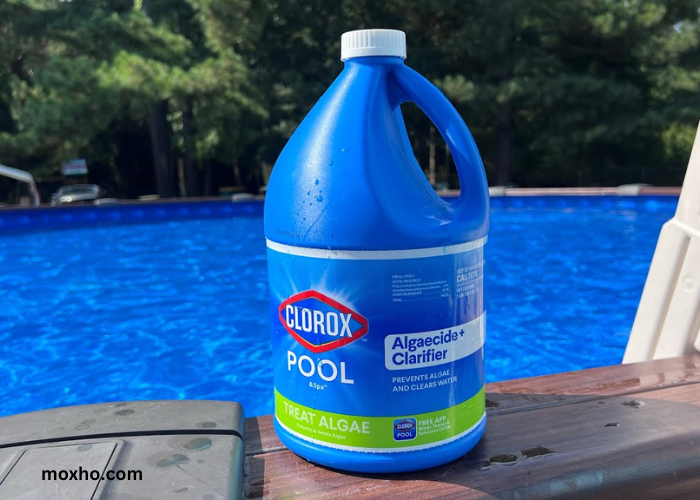
Conclusion
Brown pool water can be a frustrating and unsightly problem, but with the proper knowledge and steps, you can restore your pool water to its crystal-clear state. By following all the instructions, Remember to prioritize regular maintenance and, if necessary, seek professional help to keep your pool in optimal condition. With these guidelines, you can confidently tackle any brown pool water issue and enjoy a refreshing swim in clear water.
